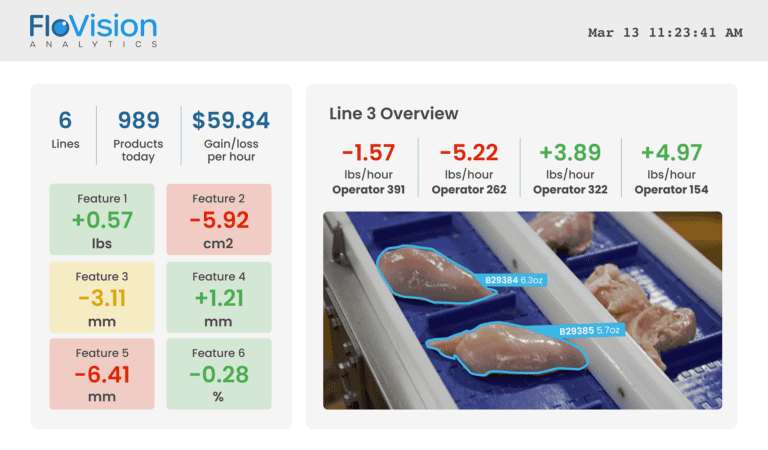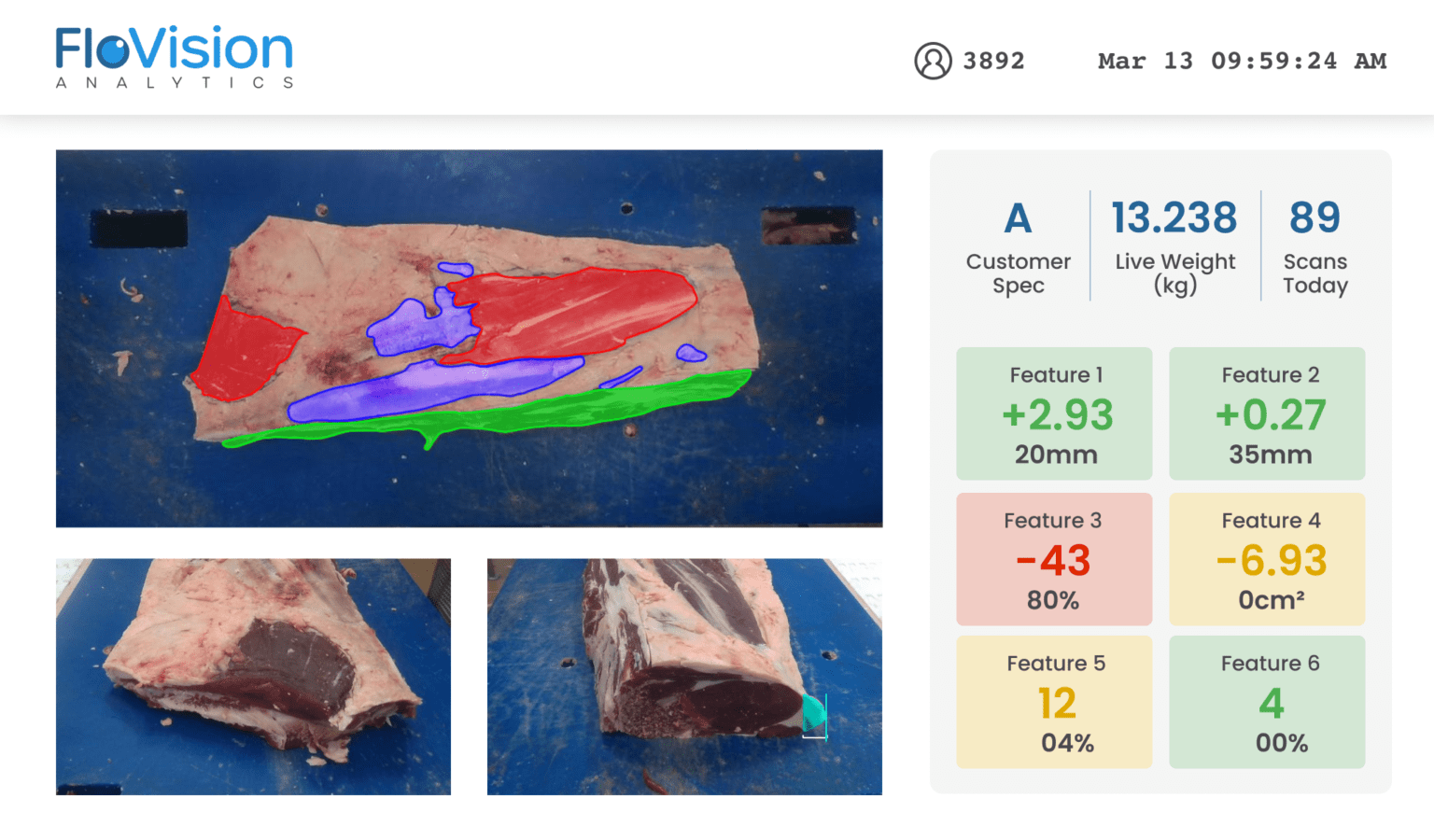
Poultry production is a vital part of the global food industry, serving as a primary source of affordable protein for billions of people. From massive high-tech processing plants in the United States to smallholder farms across Africa and Asia, the ways poultry is raised, processed, and consumed differ widely between regions.
These differences are shaped by culture, economic development, government regulations, access to technology, and consumer demand. Understanding how poultry production varies across the globe can provide valuable insights for producers and processors seeking to innovate, improve efficiency, and remain competitive in an evolving market.
Let’s explore the world of poultry production — region by region — to see how scale, technology, regulations, labor, and innovation define this essential industry.
Scale and Consumption Patterns Vary Widely
The global scale of poultry production is immense. According to the Food and Agriculture Organization (FAO), over 142 million metric tons of poultry meat were produced globally in 2023, making it the most consumed animal protein worldwide.
However, the distribution and consumption of poultry are far from uniform. The United States, for example, is one of the largest producers, generating more than 30 million metric tons annually. Another top producer, China, was also the largest importer of poultry in 2023, due to its enormous population and demand for fresh poultry.
In Europe, per capita poultry consumption is high, and consumers tend to favor specific cuts, such as breasts or thighs, often leading to a strong export market for less preferred parts.
Meanwhile, regions like Africa and South Asia are seeing rapid growth in demand, but production often lags behind consumption. These regions rely heavily on imports or small-scale production to meet local needs, which presents both challenges and opportunities for scaling up infrastructure and improving quality
Understanding how poultry production varies across the globe can provide valuable insights for producers and processors seeking to innovate, improve efficiency, and remain competitive in an evolving market.
Technology Adoption Between Regions
The level of automation and technological sophistication in poultry production differs drastically around the world.
In North America and Western Europe, poultry plants are typically equipped with advanced processing lines, robotics, and computer vision systems that ensure high levels of precision and hygiene. These regions have invested heavily in AI-powered technologies to monitor yield, grade quality, and reduce human error. Automation is increasingly adopted in EU poultry plants, particularly for quality grading and efficiency improvements.

As automation becomes more accessible, mid-sized processors are beginning to adopt scalable technologies that offer yield and quality improvements. For example, systems like FloVision Nano give producers complete visibility over their production and data behind yield and quality performance, all without disrupting existing production equipment or processes.
On the other end of the spectrum, many processors in Latin America, Southeast Asia, and Sub-Saharan Africa still rely heavily on manual labor. The barrier is often cost-related, but also stems from supply chain limitations or a lack of skilled technical workers.
The global trend is clear: those who adopt smart systems early are gaining a competitive edge in both quality and efficiency.
Regulatory Standards Drive Processing Methods
Government regulations play a significant role in shaping poultry production practices, particularly in processing and food safety.
In the European Union, strict regulations govern animal welfare, stunning procedures, antibiotic use, and traceability. For example, veterinary antibiotic use in European livestock (including poultry) has decreased by 43.2% from 2011 to 2020. These rules force processors to adopt specific handling and documentation practices, increasing operational complexity but also creating an export-friendly reputation for quality and compliance.
The United States also maintains stringent safety and inspection standards, with strong oversight by the USDA. However, welfare regulations can differ by state and are generally less restrictive than in the EU. This flexibility often leads to faster line speeds and greater scale but also introduces variability in welfare practices.
In contrast, many emerging economies have weaker enforcement of food safety or animal welfare laws, although this is changing rapidly in regions focused on export growth or public health reform.
Regardless of location, processors that invest in vision systems like FloVision Nano or FloVision Pro gain a measurable advantage — not just in quality control, but in documenting compliance with regulatory standards that can open the door to new markets.
Labor and Supply Chain Challenges Influence Production
Labor availability and cost are key factors shaping how poultry production is managed worldwide.
In high-wage countries like Germany, Canada, and the Netherlands, a shortage of skilled labor and rising costs have accelerated the shift to automation. Many of these regions depend heavily on migrant labor, and any disruption (e.g., COVID-19 or policy changes) significantly impacts production.
By contrast, countries like India, Vietnam, and Nigeria have large pools of affordable labor but often lack the training programs or infrastructure needed for efficient processing. This results in higher product variation, slower throughput, and increased human error.
Labor costs can account for up to 60-70% of operational expenses in poultry processing. Reducing rework and waste — even in labor-heavy plants — can produce significant savings.
That’s where intelligent feedback tools come in. In mid-sized facilities with high worker turnover, FloVision Pro delivers real-time performance feedback that helps reduce inconsistencies and speed up training for new staff — all without disrupting existing line flow.
The global trend is clear: those who adopt smart systems early are gaining a competitive edge in both quality and efficiency.
Regional Challenges and Innovation
Each region faces its own set of challenges in poultry production — but also offers unique innovations in response.
In Africa, cold chain infrastructure is one of the largest obstacles to scaling up production. A lack of reliable refrigeration and transport systems leads to higher food loss rates. However, some startups are introducing solar-powered cold storage and mobile slaughter units to help smallholders bring safer products to market.
Latin America, especially Brazil, is a powerhouse in poultry exports but must constantly manage disease outbreaks, environmental concerns, and shifting global trade dynamics. Investments in genetics, disease tracking, and automation are helping the industry maintain its competitive edge.
In Asia, especially in China, Thailand, and India, the shift from wet markets to industrial production is well underway. Demand for processed poultry is soaring, and with it comes a growing need for food safety, yield optimization, and traceability.
Vision systems like FloVision Pro are increasingly being adopted in modernizing plants, helping to reduce waste, improve product grading accuracy, and maintain high throughput — all critical factors in volatile, fast-moving markets.
One Industry, Many Realities
Poultry production around the world reflects a mix of tradition, innovation, and adaptation. From small family-run plants to large, fully automated facilities, every region approaches the same challenge — feeding a growing population — in its own way.
What unites them is the pressure to improve efficiency, consistency, and quality. As regulatory demands increase and labor becomes more unpredictable, processors everywhere are looking to data and automation to stay competitive.
Whether you’re running a compact regional plant or a global-scale operation, FloVision Nano and FloVision Pro offer practical solutions to streamline grading, reduce error, and future-proof your lines — without requiring a facility overhaul.
FLOVISION NANO
Compact AI sensor to measure yield and quality at production speed.




